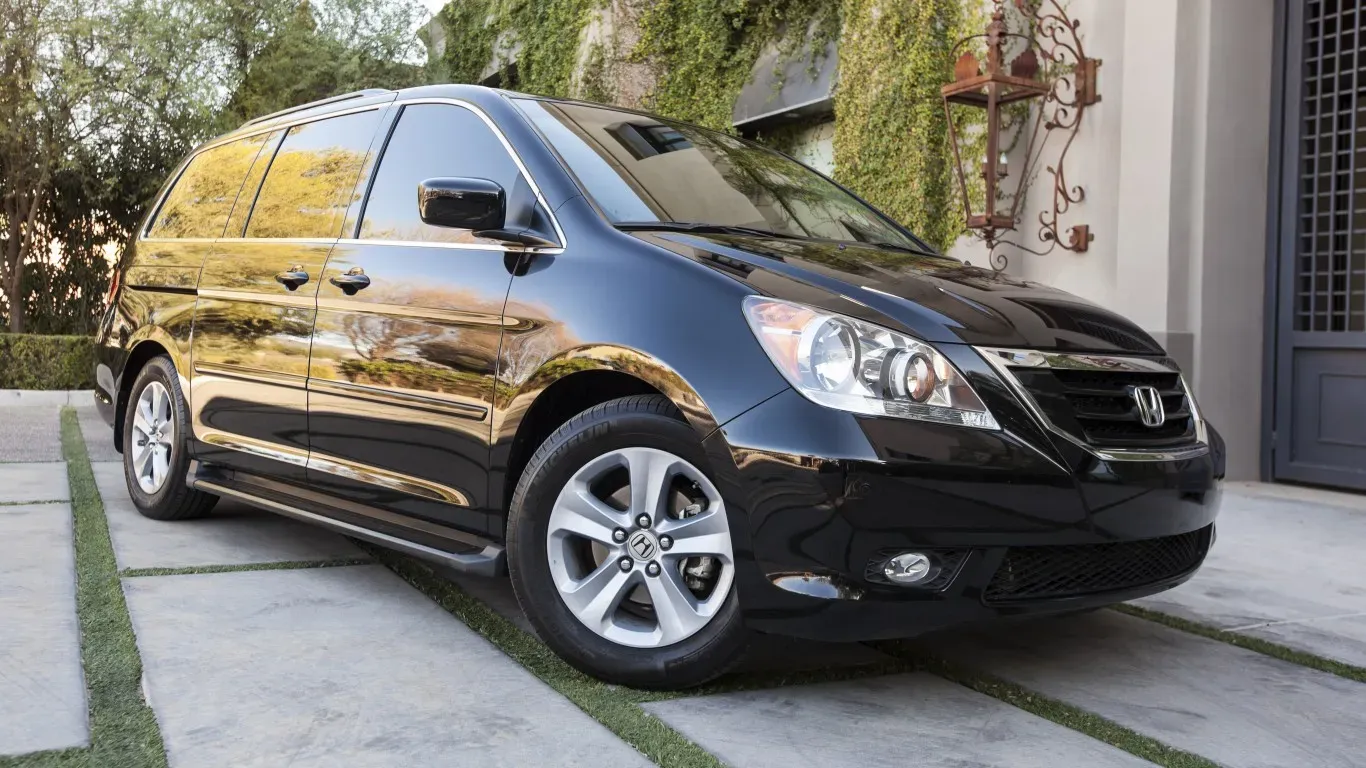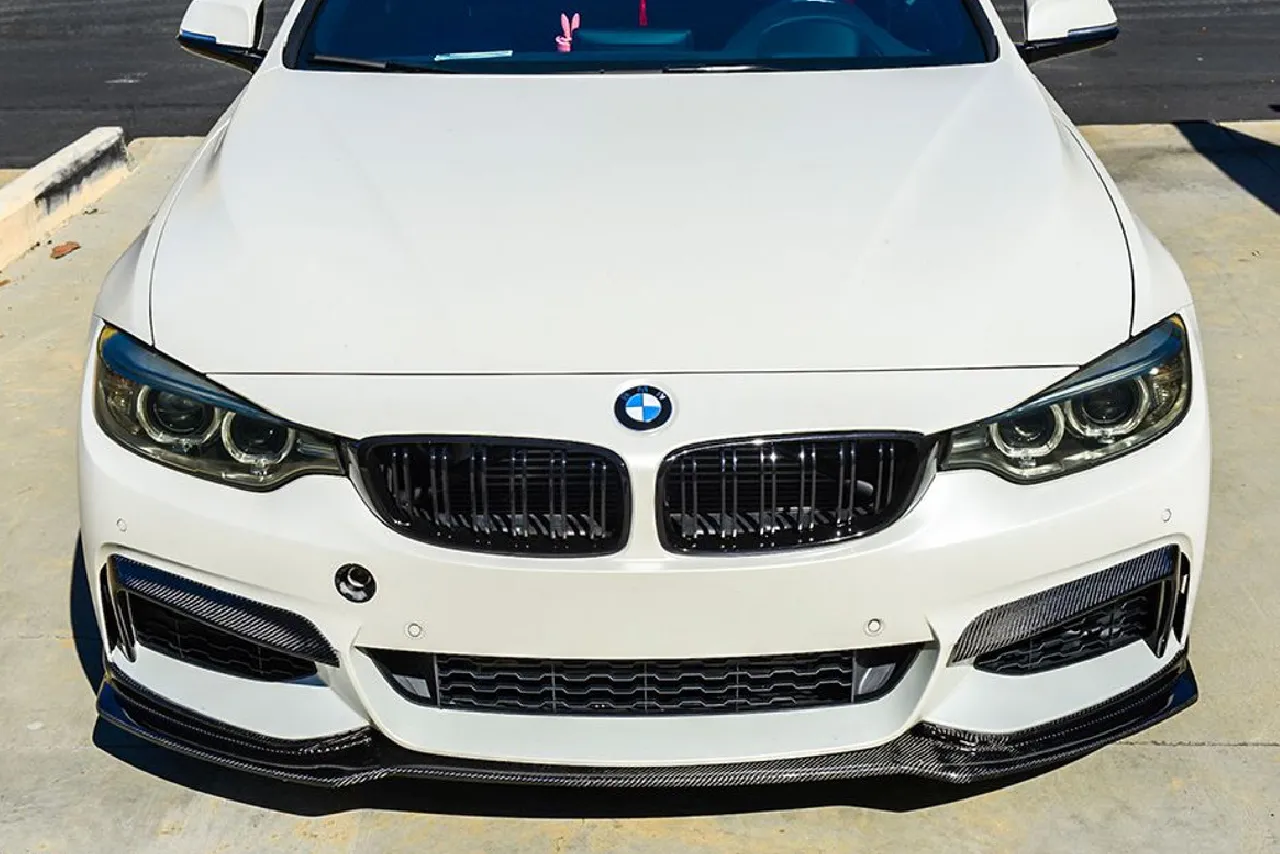When it comes to legendary racing cars, few are as iconic as the Mark Donahue Penske Sunoco Camaro models.
If you’re into muscle cars or motorsport history, you’re probably familiar with the name.
But what made these Camaros stand out?
Why do they still capture the hearts of car enthusiasts decades after their prime?
Let’s dive into the world of the Mark Donahue Penske Sunoco Camaro models and uncover their lasting legacy.
Table of Contents
ToggleThe Beginning of a Racing Icon
The late 1960s were a golden era for American muscle cars.
Chevy, Ford, Dodge – they were all battling it out to create the fastest, most powerful machines on the track.
But what gave the Mark Donahue Penske Sunoco Camaro models their edge?
It wasn’t just raw power; it was strategy, innovation, and the genius collaboration between Mark Donahue and Penske Racing.
Mark Donahue was no ordinary driver.
He was also an engineer, and his technical know-how helped shape the Sunoco Camaros into the race-dominating beasts they became.
This combination of brains and skill behind the wheel was what set these models apart from the competition.
Building the Dream Team: Penske and Sunoco
You can’t talk about the Mark Donahue Penske Sunoco Camaro models without mentioning the role of Roger Penske.
Penske, a successful businessman and former racer himself, teamed up with Mark Donahue to take the Trans-Am Series by storm.
With Sunoco providing sponsorship, the Penske team had the resources they needed to push the limits of what a Camaro could do.
By fine-tuning the car’s aerodynamics, chassis, and engine, they transformed it from a street car into a track-ready machine.
What Made the Sunoco Camaro So Special?
Now that we’ve introduced the team, let’s dig into what made these Camaro models so exceptional.
The first thing that comes to mind is the Chevrolet 302 cubic inch V8 engine, which was specifically designed to meet Trans-Am Series regulations.
While it may not have had the massive displacement of other muscle cars, the engine was perfectly suited for the tight, twisty circuits that the Trans-Am Series was known for.
Add in the lightweight modifications and Penske’s obsession with detail, and you’ve got a recipe for success.
But it wasn’t just about the engine.
Here are some of the standout features that made the Mark Donahue Penske Sunoco Camaro models legendary:
Aerodynamic tweaks: Penske and Donahue were among the first to realize that better aerodynamics could shave crucial seconds off lap times. They lowered the Camaro’s center of gravity, added spoilers, and made subtle body modifications that gave them a competitive edge.
Weight reduction: While most teams focused on adding more power, Penske Racing took the opposite approach. They looked for ways to make the car lighter without sacrificing durability. By removing excess weight, the Camaro could corner faster and brake later than its rivals.
Perfect balance: Donahue was obsessed with getting the balance of the car just right. He focused on achieving the ideal weight distribution, allowing the Camaro to handle like a dream in corners while maintaining stability on the straights.
The Winning Streak
The 1968 and 1969 Trans-Am seasons are where the Mark Donahue Penske Sunoco Camaro models truly shined.
Donahue dominated the 1968 season, winning 10 of the 13 races, and bringing the championship home for Penske Racing.
But they weren’t done yet.
In 1969, Donahue and Penske returned to defend their title, and they didn’t disappoint.
The 1969 Camaro became a symbol of engineering perfection, sweeping through the competition with ease.
Why Do These Models Still Matter?
You might be wondering, why are we still talking about the Mark Donahue Penske Sunoco Camaro models today?
What makes them so important in the modern automotive world?
For starters, these cars represent a turning point in racing history.
Before Donahue and Penske came along, racing was all about brute force.
But they showed the world that you could outsmart the competition with a more refined, scientific approach to car design and engineering.
Secondly, the influence of the Sunoco Camaros can still be felt today.
Many modern race cars, particularly in series like NASCAR and IMSA, use techniques that were pioneered by Penske Racing in the late 1960s.
And let’s not forget the impact on the Camaro brand itself.
The success of the Mark Donahue Penske Sunoco Camaro models helped cement the Camaro as one of America’s most iconic muscle cars.
Even today, enthusiasts flock to the Camaro for its combination of power, precision, and pedigree.
How Fast Were the Sunoco Camaros?
Speed is always a hot topic when talking about racing cars, so let’s address the elephant in the room.
Just how fast were the Mark Donahue Penske Sunoco Camaro models?
While exact top speeds varied depending on the track and conditions, these cars could easily hit 160 mph on the straights.
But more important than their raw top speed was their agility and cornering ability.
The modifications made by Donahue and Penske allowed the Camaros to maintain higher speeds through corners than their competitors.
The Sunoco Camaro in Popular Culture
The legacy of the Mark Donahue Penske Sunoco Camaro models extends beyond the racetrack.
These cars have become icons in pop culture, appearing in movies, video games, and car shows around the world.
For example, if you’ve played racing games like Forza Motorsport or Gran Turismo, you’ve probably driven a virtual version of the Sunoco Camaro.
These games pay homage to the car’s legendary status, letting modern players experience what it was like to drive one of the most iconic racing cars of all time.
The Modern Influence of the Mark Donahue Penske Sunoco Camaro Models
The impact of these legendary cars extends far beyond the track.
Even today, automotive engineers and racing teams look back at the innovations brought by Penske and Donahue as inspiration for modern designs.
From aerodynamics to weight distribution, many of the techniques they introduced are now standard practice in motorsports.
And it’s not just about racing.
The influence of the Sunoco Camaros can be seen in street cars, too.
Camaro fans today still point to the Mark Donahue Penske Sunoco Camaro models as the ultimate example of what the Camaro brand represents: speed, precision, and relentless innovation.
Final Thoughts on the Mark Donahue Penske Sunoco Camaro Models
The Mark Donahue Penske Sunoco Camaro models are more than just racing cars.
They’re a symbol of what can happen when genius meets opportunity.
These cars redefined what it meant to be a muscle car, blending raw power with technical brilliance.
Their legacy lives on, not just in the memories of those who witnessed their dominance on the track, but in the way we think about race car design today.
As long as there are people who appreciate speed, engineering, and the thrill of competition, the Mark Donahue Penske Sunoco Camaro models will never be forgotten.
Frequently Asked Questions
1. What engine did the Mark Donahue Penske Sunoco Camaro models use?
The Sunoco Camaros were equipped with a 302 cubic inch V8 engine, specifically designed to meet the regulations of the Trans-Am Series.
This engine was a balance of power and efficiency, allowing the cars to excel on twisty tracks.
2. What made the Sunoco Camaro models so dominant in the Trans-Am Series?
It was a combination of factors, including Mark Donahue’s engineering expertise, Penske’s attention to detail, and their innovative approach to weight reduction and aerodynamics.
These elements helped them outperform their competition.
3. How many races did Mark Donahue win with the Penske Sunoco Camaro?
In the 1968 Trans-Am season, Donahue won 10 of the 13 races.
He followed this up with another strong showing in 1969, cementing his place as one of the best drivers in the series.
4. Why is the Mark Donahue Penske Sunoco Camaro still relevant today?
The Sunoco Camaro represents a shift in racing philosophy, where technical innovation became just as important as driving skill.
Modern race cars still use many of the principles pioneered by Donahue and Penske.
5. Where can I see a Sunoco Camaro today?
Several Mark Donahue Penske Sunoco Camaro models are preserved in museums and private collections.
You can also spot them at classic car shows or historic racing events where they often make special appearances.
I’m Waqas, an electric vehicle enthusiast and tech writer with over 6 years of experience covering the EV industry. I write in-depth articles, comparisons, and reviews to help readers understand the fast-evolving world of electric mobility. From battery technology to EV launches and charging trends, I aim to make complex EV topics simple, engaging, and informative for everyday drivers and curious readers alike.





